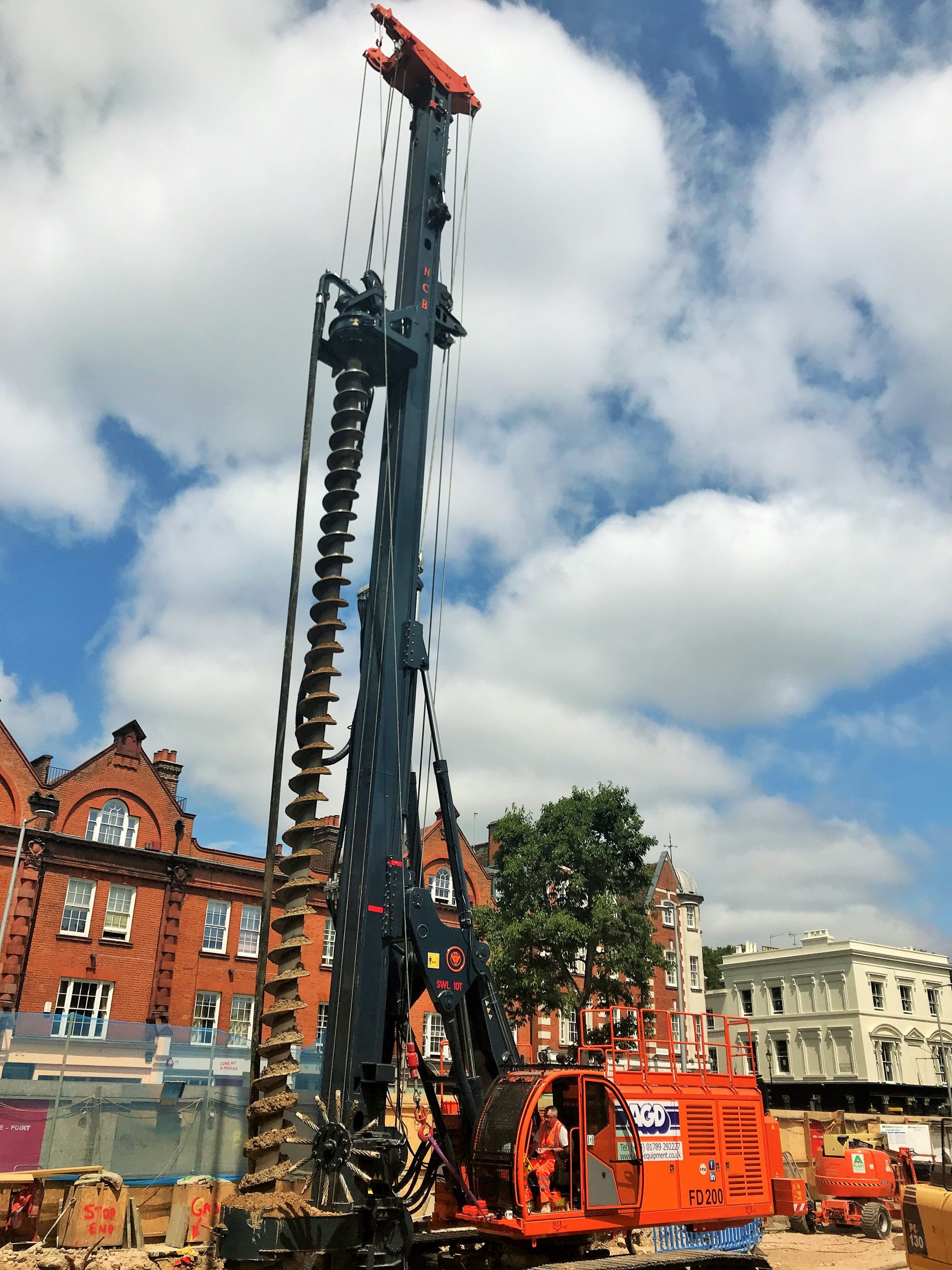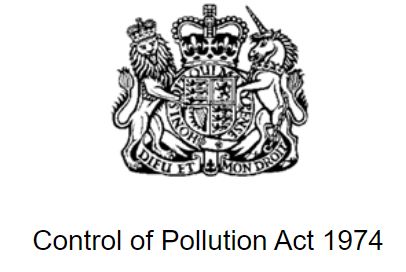Section 61 Applications
Section 61 (S61) is part of the Control of Pollution Act 1974. A Section 61 application is applied for to the Local Authority when noise, vibration or dust pollution during demolition and construction works could have a significant impact on the neighbourhood. A Section 61 application outlines the contractor’s approach to minimising these impacts.
Once a Section 61 application has been made, the Local Authority has 28 days to respond with a ‘Prior Consent’ or a refusal of consent. The Local Authority may grant consent with conditions attached. Our team of acoustic consultants in London and Manchester are experts in Section 61 applications.
Why is it Important to Apply for Section 61 Agreement?
Once the local authority has granted prior consent, the developer and their contractors are protected from legal action under Section 60 of the Control of Pollution Act 1974 or Section 80 of the Environmental Protection Act 1990. This legal action could be very costly and significantly impact the works programme. For example, if a Section 60 is served, then this would set out the Local Authority’s conditions with a worst case of them insisting work ceases. Providing the contractor adheres to the Section 61 agreement, then a Section 60 notice cannot be served even if complaints from neighbours are made. Continuous noise and vibration monitoring can serve as evidence to address any complaints from residents.
What Should be Included in a Section 61 Application?
A Section 61 Application should provide comprehensive details of the proposed works that are to be carried out during the demolition process and construction phases, the methodology of these works, and the intended methods to reduce potential noise, vibration and dust impacts. The main details would usually include:
- The principal contractor’s contact details
- Site location plan indicating nearest noise sensitive receptors
- Details of what works are to be carried out
- Method statements for the works to be carried out, including equipment to be used
- Intended working hours and days
- Results of baseline noise and vibration monitoring surveys
- Intended methods to reduce noise, vibration and dust impacts, including Best Practicable Means details
- Predicted noise levels due to the works.

What is Meant by Best Practicable Means?
Best Practicable Means, often referred to as BPM, refers to the methodology adopted to minimise noise, vibration and dust impacts. If the contractor has applied Best Practicable Means, all reasonable mitigation measures have been taken to reduce these impacts on local residents. Advanced notification to local residents about construction activities helps reduce complaints and improve community relations. The key word is ‘reasonable’ measures, e.g., if the cost of mitigation measures would be so high that the project would be rendered commercially unviable, then this would not be seen as practicable.
Why Choose Clement Acoustics for Section 61 Applications?
Quick turnaround time
Helpful team of qualified acoustic engineers
Competitive rates
